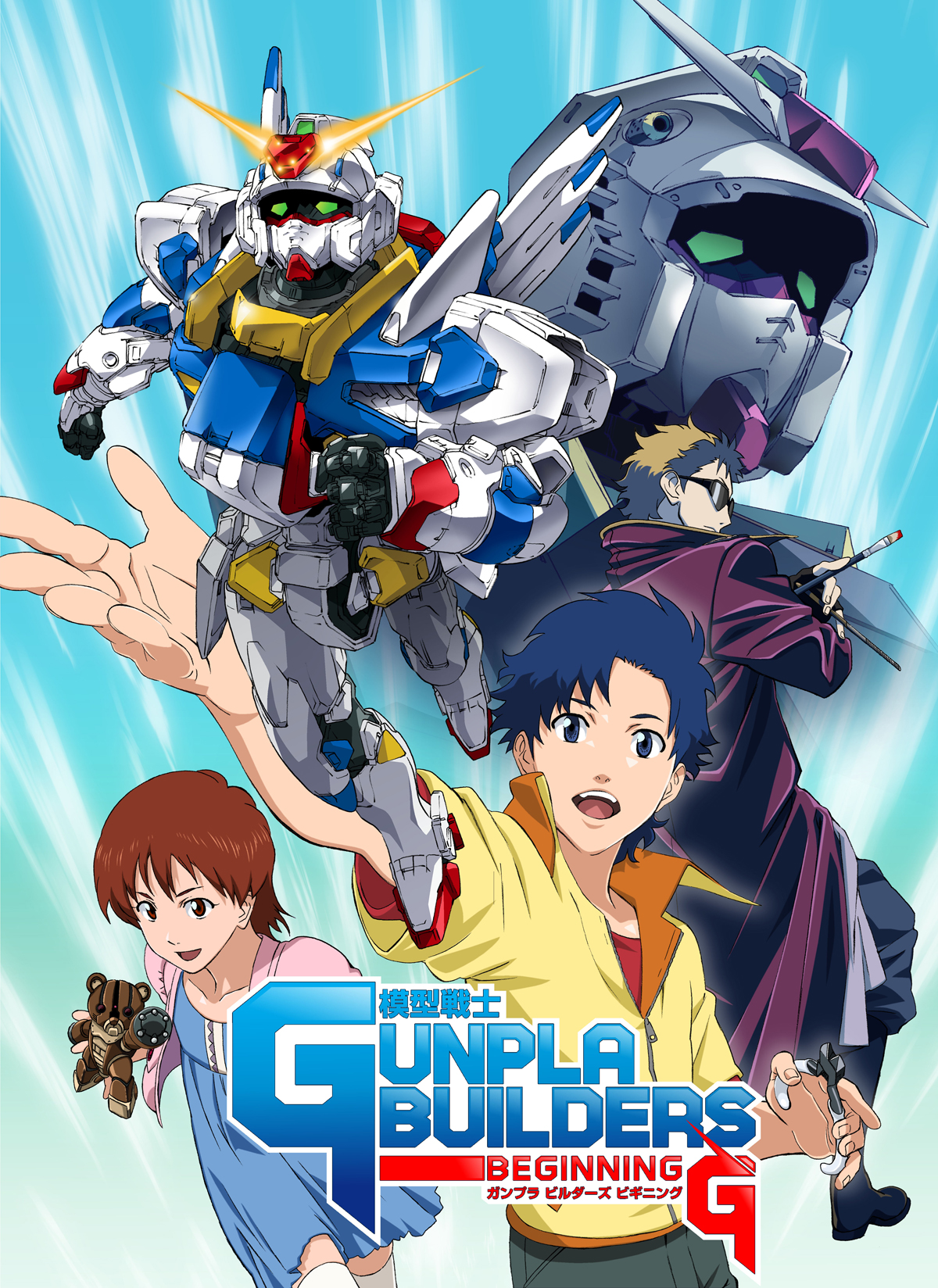
Wouldn’t it be puzzling, trying to figure out how in the world were these people able to make a giant robot do amazing swordplays and gunfights with a few measly clicks and presses from controllers? We’re not supposed to actually think about it, but wouldn’t it be more realistic if we were able to imagine these things rationally? It sure would add some sort of interest and a new perspective from our experience, wouldn’t it? And, of course, if we were to imagine ourselves actually piloting the mecha, it would look like this: If you’re a mecha nerd and loved to imagine yourselves piloting these crazy machines of war, we’re going in the same league. Also, before I forget, imagine this special white robot who gets to be owned by the protagonist–usually wanted by the enemy, who has either a relative or a close friend for an enemy, who gets a love interest in form of a colleague or a princess or an enemy from the other side. Imagine crazy pilots typing furiously to command their mecha to blast their opponents to oblivion.

The first Gundam game to be released in the West was Gundam 0079: The War for Earth, which also has the honor of being the first to be developed outside Japan, by Presto Studios, of Journeyman Project fame.Imagine kick-ass robots (with lightsabers). A significant importance in the late 90s and at the beginning of the new millennium had the 2D fighting games (including the Battle Master and Battle Assault series) and the Dynasty Warriors clones. The cockpit idea in an FPS was developed further over the years, most notably in the Arcade Kidō Senshi Gundam: Senjō no Kizuna, in which players step into a sit-down panoramic optical display cabinet.

One of the earliest titles in the franchise was Last Shooting for MSX, featuring a first-person view of a Gundam's cockpit and tasking the player to shoot enemy Zakus and other mobile suits.

There's an earlier Famicom title called Mobile Suit Z Gundam: Hot Scramble, which was part side-scrolling action, part first-person rail shooter in space-this was the first Gundam game on consoles.
Beginning gundam cockpit series#
The SD Gundam World: Gachapon Senshi series for the Famicom and the games developed by Family Soft are turn-based strategies. There's a large cast of recurring characters, but it is considered tradition for every new major series to have a new Gundam, and a new pilot for it. It tackles other themes as well, including: people born in space developing telepathic capabilities (newtypes), dirty politics detached from the needs of the common folk, pollution on Earth both as a cause for expansion into space and as proof of humans' unworthiness etc. The Gundam meta-series has a fetish for robot-to-robot battles, but spaceships also play an important role. Because the Gundams are in a class of their own, they play an important role in all conflicts. The Gundam is initially a prototype mobile suit created by the Earth Federation, but later is transformed into a whole line of improved mobile suits based off the original idea. Viewers usually witness the events from the perspective of the Gundam pilot. What followed was a series of wars between the Zeon-controlled colonies and the Earth Federation, as well as minor conflicts in their aftermath.

The people living in space have grown dissatisfied with being ruled by Earth, and in 2079 the Principality of Zeon has declared independence. In it, the people have managed to colonize space by building huge colonies orbiting in the Earth-Moon pair's Lagrangian points.
Beginning gundam cockpit movie#
While the franchise has explored different themes across the years, including by creating parallel universes in order to give their creative teams more freedom, the Universal Century timeline (featured in the original trilogy and the movie Char's Counterattack, among others) has remained the most popular setting.
Beginning gundam cockpit tv#
The series persevered and hundreds of products followed, including TV anime series, movies (even live-action ones), manga, novels, toys, video games, and other merchandise. This comes in contrast to the loosely-explained "super robots". Written and directed by Yoshiyuki Tomino, it is considered the foundation of the "real robot" current in the mecha genre, in which the technology behind the human-controlled robots is based on hard sci-fi concepts. The franchise started with the TV series Mobile Suit Gundam (機動戦士ガンダム), spanning 43 episodes and having aired in 1979-1980. This group includes all licensed games based on the Japanese anime meta-series Gundam by Sunrise Studios.


 0 kommentar(er)
0 kommentar(er)
